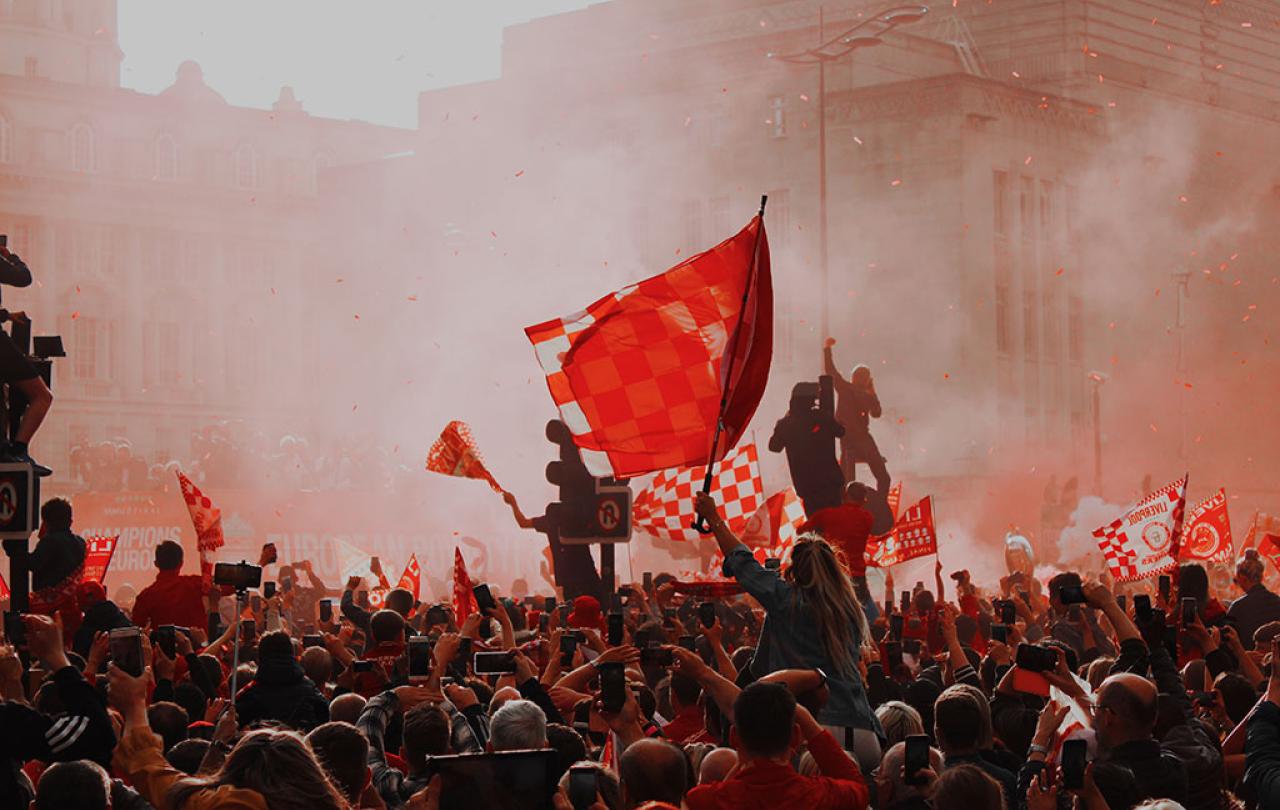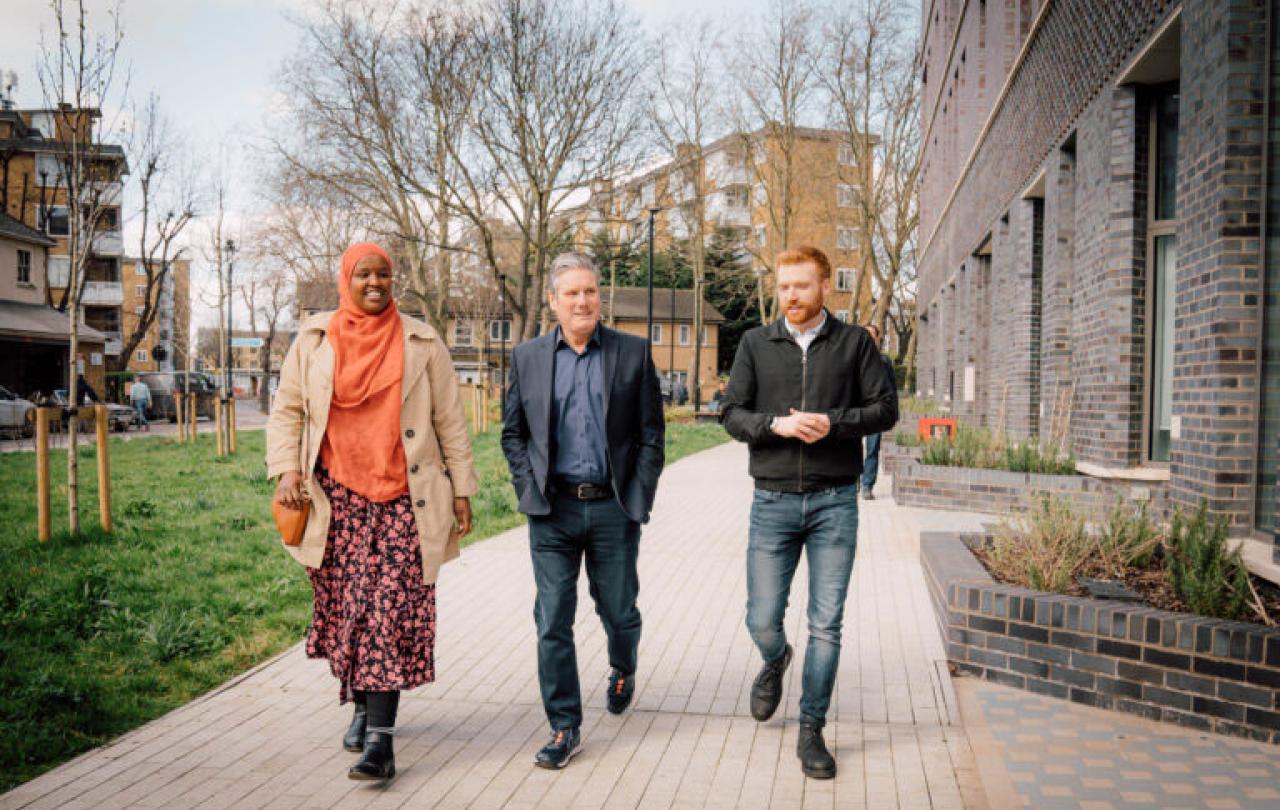
I was born in Exeter, England but my family moved to Oxford when I was two. I don’t remember Exeter at all. I am sometimes envious of people who proudly share how they were ‘born and bred’ in a city or town and trace their lineage there back generations. I profoundly identified with Nick Hornby in his brilliant book Fever Pitch when he describes being a white, middle-class, southern English man or woman as being ‘the most rootless creature on earth; we would rather belong to any other community in the world. Yorkshiremen, Lancastrians, Scots, the Irish… have something they can sit in pubs and bars and weep about, songs to sing, things they can grab for and squeeze hard when they feel like it, but we have nothing, or at least nothing we want.’
I began to love football and started attending games. My Dad, born in Bristol, took me to Oxford United and while I enjoyed going with my friends, I could tell he didn’t care as much when Oxford scored compared to when we went to Bristol City games when I would see a normally calm and controlled man hug random strangers and fall over seats. This is much more exciting – so I committed myself as a Bristol City fan which I am to this day.
Growing up in a school in Oxford, however, it’s not particularly cool to say you support Bristol City, so if you supported a lower league team you also pick a Premier League team. Mine was Manchester United for the very unoriginal reason that they were the best. I had posters of Roy Keane – my hero on whom I modelled my playing style and I even travelled up to Old Trafford when a ticket very occasionally presented itself. They were my second team – and a very close second.
Over the years I have come to deeply love the streets, landmarks and people who call this home as I have lived and served alongside them.
When you support a football team, you also commit to disliking other teams as part of the deal. Most teams have a local rival they enjoy hating, and while I certainly disliked Bristol Rovers, my particular ire was reserved for Liverpool, partly because they were Man Utd’s main rivals in the late 90’s and partly because some of my friends supported them (for the same reason I’ve always had an irrational dislike of QPR but that’s another story). I really disliked Liverpool – I didn’t quite have a poster of Michael Owen or Phil Babb to throw darts at but it wasn’t far off. Football rivalry is a serious business – in the 70’s and 80’s people lost their lives to football hooliganism and while this has thankfully decreased in recent decades, additional police presence is still required at local derbies as passions continue to run high.
I feel quite vulnerable sharing this publicly because it’s something I’ve never shared with the congregation I’ve been leading with my wife for over seven years. The reason for this is that we now live in Liverpool. God, it seems, has a great sense of irony – we became Salvation Army officers and not choosing where we were sent, the letter we opened in 2016 telling us where we would be ‘appointed’ said: Liverpool!
'The very first person you meet is the neighbour, whom you shall love… There is not a single person in the whole world who is as surely and as easily recognised as the neighbour.’
Jesus says that the greatest commandments are to love God with everything that you are, and to love your neighbour as yourself. In response to a question about ‘who’ our true neighbours are, he shares a story about a man on a journey far from home who is beaten up and left for dead. His compatriots walk on the other side of the road, but someone from another, distrusted and strange land comes and takes care of him.
Søren Kierkegaard reflects on these stories and observes how humans like to abstract these commands to suit us better. We think our neighbours are those who look and sound like us as much as possible – this is the impulse of patriotism or love of country. But I have never been to Middleborough, Lincoln, or Dundee and while these people might be my compatriots, they are not really my neighbours – to some extent my love for them is an abstraction from reality. For Kierkegaard, ‘The very first person you meet is the neighbour, whom you shall love… There is not a single person in the whole world who is as surely and as easily recognised as the neighbour.’ In this regard, Kierkegaard suggests, Christian loyalty and love is more appropriately applied to a neighbourhood, town or city than it is to a nation or country (this essay by Stephen Backhouse explains more on this with reference to Kierkegaard).
The people I meet every day, walking around the streets of Liverpool are my neighbours and as such I am commanded as a follower of Jesus to love them. This love of God has not only helped me fall in love with a city I once did not know, but even transform something as ingrained as football rivalry. The most fundamental and formative songs I sing are about Jesus, not of a city and the narrative I try and organise my life around is found in the Bible not the history of a city or football club. But we are embodied creatures, and God creates us in and calls us to particular places, where we live, breathe and encounter our neighbours. I don’t think I’d go as far as saying I have become a Liverpool fan! I would still want Liverpool to lose if they played Bristol City and Man Utd, but the God who is able to transform even the deepest hatred into love has softened the heart of this southern, middle-class boy into a love of his new city, its people and perhaps even one of its football teams I once intensely disliked.





